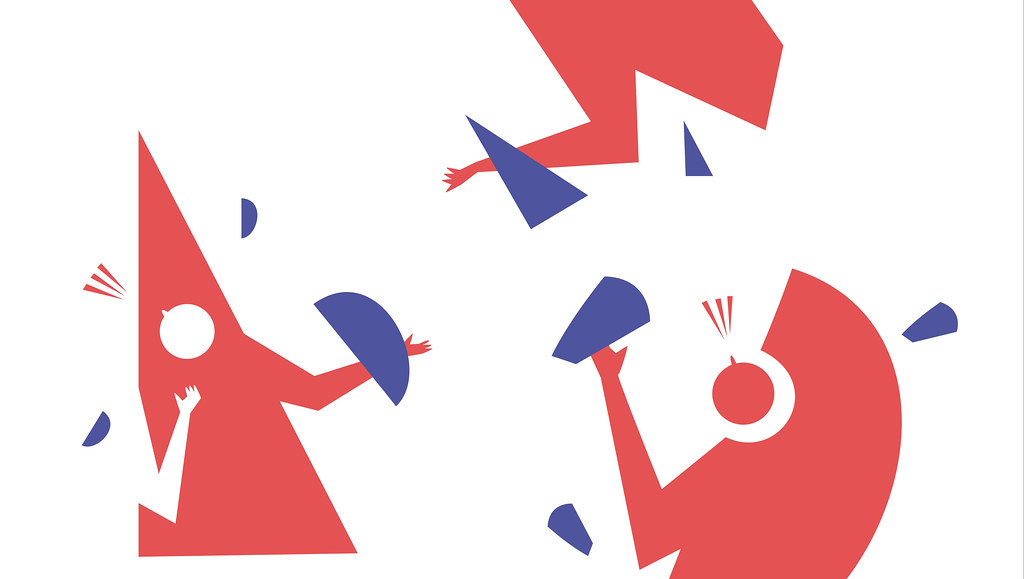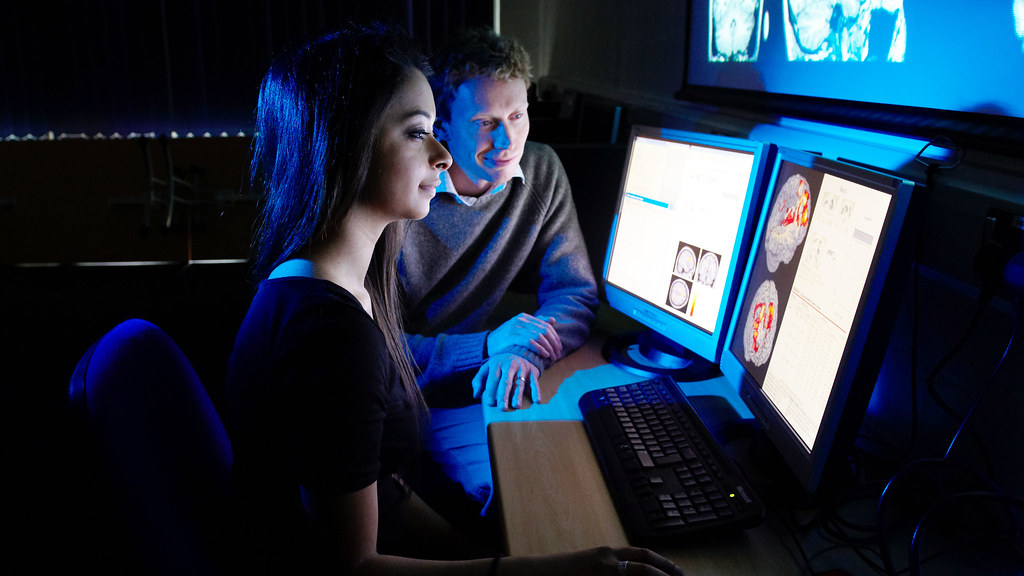Chronic pain
Pain is considered to be a chronic condition when it lasts for more than three months. Chronic pain is also a global public health problem and estimated to cost economies billions.
Whilst chronic pain is often associated with adulthood and older age, it also occurs frequently in childhood. Great Ormond Street Hospital (GOSH) estimate that up to about one in every 10 children may experience chronic pain at some time or another. This causes significant distress, disability, and economic hardship that can last throughout a lifetime.
Understanding pain
Our research showed that males and females experience pain differently.
Academics from the Centre for Pain Research (CPR) conducted research that was amongst the first to focus on children in pain and their families. They started by identifying the psychosocial factors that are most relevant to paediatric and adolescent pain populations, and then used these findings to develop new ways to assess and manage children’s pain.
This research found that both cognitive-affective and social factors affect childhood pain.
They identified fear-related vigilance and avoidance were key drivers of chronic pain-related disability, which led our researchers to conclude that pain treatments should focus on ways to reduce anxiety and increase flexible ways of thinking.
Our researchers found differences in the way boys and girls manage their pain, and also how the wider family environment is so important in affecting pain and disability.
Building the right assessment tools
The assessment tools help capture the complex nature of children’s experiences of pain. Although pain requires interdisciplinary treatment, prior to our research there were no clinical measures that reflect the multi-dimensional nature of pain for children.
Using the knowledge developed around psychosocial mechanisms (such as fear and family context) our researchers developed the first multi-dimensional measure of the impact of chronic pain on adolescents; called the Bath Adolescent Pain Questionnaire. They also produced a version that could be used to assess the impact of a child’s pain on the parent.
These assessment tools have been widely adopted across the globe, including in UK, USA, and Australia clinics. This has greatly improved diagnosis and treatment for patients in pain.
Changed clinician practice in pain treatment
The research conducted by the CPR team on psychological mechanisms has been used to develop new ways for clinicians to help manage children’s pain. Rather than trying to reduce painful sensations, clinicians now target fear-cognitions in their treatment, and bring family members into the way in which pain is managed at home.
This research has led to new models of healthcare management being adopted in clinics in the UK and elsewhere.
Impacting policy
Through these developments, national and international policy has been changed. This includes informing recommendations in the Royal College of Anaesthetists Faculty of Pain Medicine’s Core Standards for Pain Management Services in the UK.
Directly as a result of this research by the CPR team, the World Health Organization (WHO) has written new guidelines on the management of chronic pain in children.
Through the Time for Change programme a Lancet Child & Adolescent Health commission on best practice treatment for childhood pain was also published, which sets goals for 2030 to transform the way we try to help children with pain.






